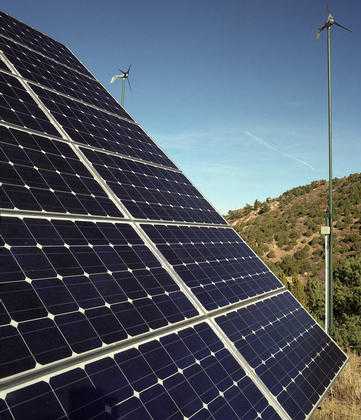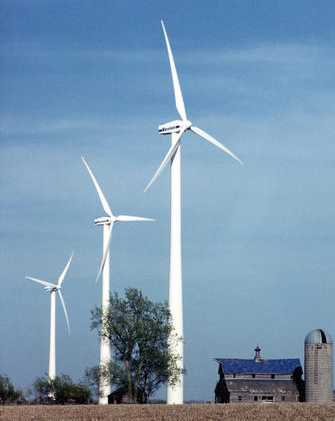on Markets, Policy, Investment, and Future Pathways
by Eric Martinot


|
Renewable Energy Information on Markets, Policy, Investment, and Future Pathways by Eric Martinot |
 |
 |
The ordinance has a long history. It was first debated in 1995 and a first draft was written in 1998. It was approved by the city council in 1999 and came into force in August 2000 after a one-year moratorium to allow builders time to adjust.
Before the ordinance, Barcelona had 1,650 m2 of solar thermal collectors installed, or 1.1 m2/1000 people. By October 2004, after four years with the ordinance, Barcelona had 21,500 m2 installed, or 16.5 m2/1000 people. But these levels are still well below SHW penetration in some of the leading European countries like Greece and Austria, which have 200-300 m2/1000 people. As the building stock is added, this indicator should rise substantially in Barcelona, as 41% of all new buildings now include SHW. The city's objective is 96,000 m2 of SHW by 2010.
Following Barcelona's lead, other cities in Spain have since adopted solar thermal ordinances as well, including Madrid, Burgos, Pamplona, Sevilla, and Onil.
In practice, adherence to the ordinance is confirmed from the building design at the time a construction permit is approved. Building inspectors are then responsible for ensuring that actual performance meets the 60% criteria. Thus the ordinance is subject to the normal problems of building inspection, including tampering with the equipment (i.e., there have been stories of SHW installations being removed after inspection for use elsewhere). But it appears that adherence to the ordinance has generally been satisfactory, according to the Barcelona Energy Agency.
In the future, the ordinance needs greater public and professional awareness, quality verifications to ensure adequate technical performance of installed systems, architectural integration, and product certification (which is properly the responsibility of the national government, requiring the integration of local and national policy-making). One problem so far has been a lack of qualified contractors. Other problems have occured where buildings have limited roof space or are not south facing, and such issues could be addressed in the future. Future revisions might address space heating as well, as the current ordinance only covers hot water.
The ordinance is part of a broader energy improvement plan to the year 2010 for renewable energy and energy efficiency, which includes management instruments, legal frameworks, education, and information and communication. City subsidies are available for SHW for new buildings below the size requirement for compulsory installation. There also have been solar PV demonstration projects as part of this plan, including PV at city schools.
The Barcelona Solar Thermal Ordinance represents a major milestone in urban energy policy. The ordinance requires all new buildings above a certain size category (292 MJ/day hot water energy consumperion) to provide at least 60% of their domestic hot water energy demand from solar thermal collectors. Swimming pool heating must be 100% from solar. Buildings undergoing major refurbishment are also subject to the ordinance. The size category means that in general, all commercial buildings and residential buildings of 16 or more households are subject to the ordinance.
Page updated December 10, 2004
Photo credits C. Babcock, W. Gretz and
DOE/NREL Photo Information Exchange